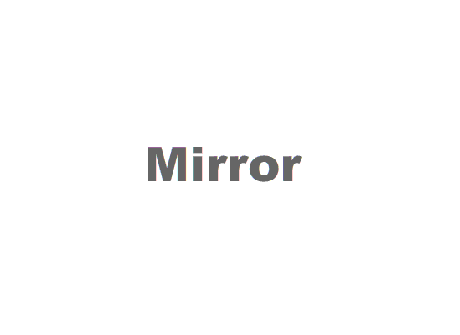Companies building websites should beware of proprietary rich-media technologies like Adobe’s Flash and Microsoft’s Silverlight, the founder of Mozilla Europe has warned.
Speaking at the Internet World conference in London on Tuesday, Tristan Nitot claimed such applications threaten the open nature of the internet because the companies behind them could “have an agenda”. While he conceded that Flash was currently necessary for consistently displaying content such as video, he suggested that the upcoming revision of the HTML specification would make it unnecessary to use proprietary technology.
Flash is already used to display multimedia content on many websites. According to Nitot, the Adobe Flash Player is on 98 percent of all PCs in the world. Silverlight is a similar technology, launched by Microsoft last year.
Nitot was speaking on the subject of “the dangers of the proprietary web”. He described the nature of the web at the moment as open, but suggested that “proprietary solutions running on top of the web are trying to take over”. Referring specifically to Flash and Silverlight, he said that “people depend on the vendor to provide them with the runtime [browser plug-in that runs the code].”
“So far there has not been a problem,” Nitot said. “Both Adobe and Microsoft have been willing to give [Flash and Silverlight away] for free. But maybe they have an agenda. They’re not here for the glory; they’re here for the money.” Currently both Microsoft and Adobe make money from their respective web multimedia software by selling developer kits, but there are now a number of open-source projects for developing Flash and less mature, but still active, efforts to create open-source Silverlight development software.
Nitot gave two historical examples of Microsoft and Adobe withdrawing or withholding products from certain platforms: Microsoft’s discontinuation of Internet Explorer for Unix and Mac, and Adobe’s long-standing refusal to “provide a recent version of Flash for Linux users”. He suggested that web developers should be asking those companies whether they are “sure that Silverlight and Flash will always be available on all platforms [and] run decently on all platforms.”
“You’re producing content for your users and there’s someone in the middle deciding whether users should see your content,” Nitot said. “If Adobe or Microsoft decides to compete with you and you’re using their technology, you cannot compete.”
“If you consider proprietary technologies, think hard; are you really trading convenience in the short term with independence in the long term?” Nitot asked. He conceded that “if you want to have a commercially viable website, in most cases you need Flash,” but continued: “In HTML 5 there will be video and audio; you won’t need Flash for video and audio”. HTML 5 is currently a work in progress. Although the specification can be used in some cases now, it is not likely to reach completion until 2010 at the very earliest.
Talking to ZDNet.co.uk after his speech, Nitot said he had “nothing against Adobe”. “Flash… is a success, although I don’t think it is [compatible with] the open web,” he said. He added that Adobe should open source Flash and claimed that there was a possibility of this happening if Silverlight becomes a successful rival to it.
Nitot also claimed that Mozilla was “leading [open] web standards adoption” by gaining significant market share for its Firefox browser, thereby forcing competitors such as Microsoft to use web standards in their browsers.
ZDNet.co.uk approached Microsoft and Adobe for comment on Nitot’s speech but neither had responded at the time of writing. Continue reading




